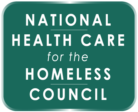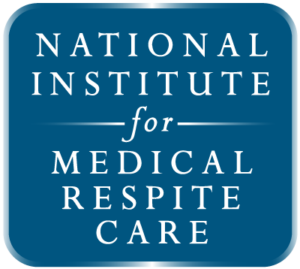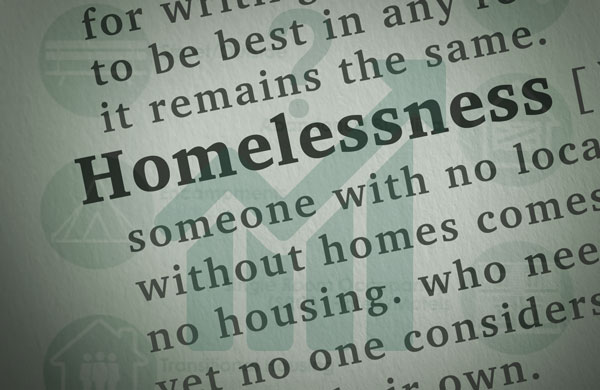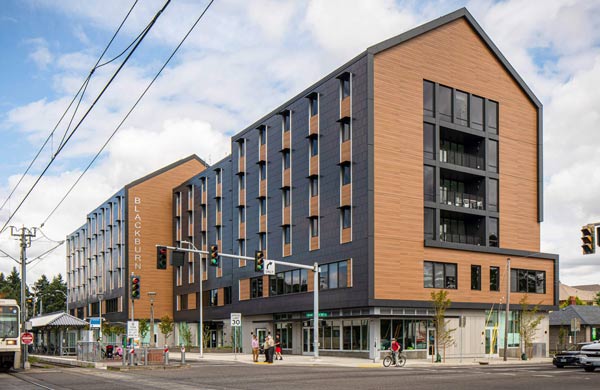Primary audience: shelters, rescue missions, homelessness services nonprofits


This month’s post serves more to acknowledge the prevalence of a topic than to provide concrete solutions since strategies are so heavily affected by state-specific regulations, so we especially welcome your input in the comments!
That issue is the challenge of homeless shelters, rescue missions, or other non-health-care homelessness nonprofits directly employing medical personnel. Several shelter and service organizations have approached the Council for advice on this issue, so here is what we know.
Shelters’ primary goal is to help people escape the streets and find permanent housing; health care needs are secondary. Listen to our Director of Community Engagement, Cindy Manginelli, explain strategies to navigate the differing priorities between shelters and health centers in this 2018 webinar.
That said, everyone in this field knows the health of people experiencing homelessness is generally worse than the US general population, notwithstanding the COVID-19 pandemic, which made clear that housing is health care to most who were not already on board.
Shelters may desire to directly address these needs via their own medical staff in order to optimize their organization’s existing rapport with clients to ensure quality and consistency with their agency’s mission and values or for ease of access. For some, they may have already approached local health care agencies without success.
Are you Licensed?
In a recent search for examples of shelters directly employing nurses or other medical personnel, we found in each instance that the medical staff were not direct employees of the shelter they were contractors.
In one example, we knew of a nurse employed at a shelter, but it turns out they had been doing so illegally (unbeknownst to them). In short, you cannot hire medical personnel unless you gain licensure as a healthcare facility.
To be sure, examples of organizations that provide both shelter and health care services abound, but those organizations are either public entities, Federally Qualified Health Centers (FQHC), or other health care agencies. For most shelters, then, simply hiring a nurse is not an option.
Options
So, what are some options?
First, you could become an FQHC yourself. As we explained in a recent post and accompanying two-pager, the Health Care for the Homeless (HCH) program is a designation of the federal health center program. The application is a tremendous and inconsistently available undertaking, but potentially rewarding.
Barring becoming an FQHC, the most common method for shelters to provide access to medical services onsite is to partner with other health care agencies. For HCH health centers, shelter-based services are their bread and butter. It fulfills the mission of expanding access to quality care for people without homes and is a straightforward process on their end, administratively, to add a service site.
Other partners include public health departments, some of which are also federally qualified health centers, but even non-health-center health departments can provide these services. Shelter House in northern Virginia, for example, has an exam room in their family shelter for use by a public health nurse to provide primary care services on an intermittent schedule.
Hospital systems, especially public safety net and nonprofit hospitals, may also provide onsite services at shelters. JPS Health Network is a prime example: Based in Fort Worth, TX, which is the most populous US city to lack an HCH health center, their hospital provides a wide range of services for people experiencing homelessness.
While best known for their street medicine program, the same team provides services in Fort Worth’s shelters. From a hospital’s perspective, in addition to fulfilling its mission, providing primary care in shelters and on the streets can reduce costly services in the emergency department.
Finally
Finally, consider the type of service you want to provide. If your primary aim is to provide support for those recovering from a hospitalization or preparing for surgery, then you may be talking about medical respite care. As evidenced by the Council’s creation of the National Institute for Medical Respite Care, this is a primary focus of ours and we stand ready to help you develop your medical respite care program.
We are certainly happy to be wrong about our assumptions on directly employing medical personnel at a shelter, so please correct us in the comments or otherwise share your perspectives on adding medical personnel. Also, check out our resource page on the services side of shelter-based care.



